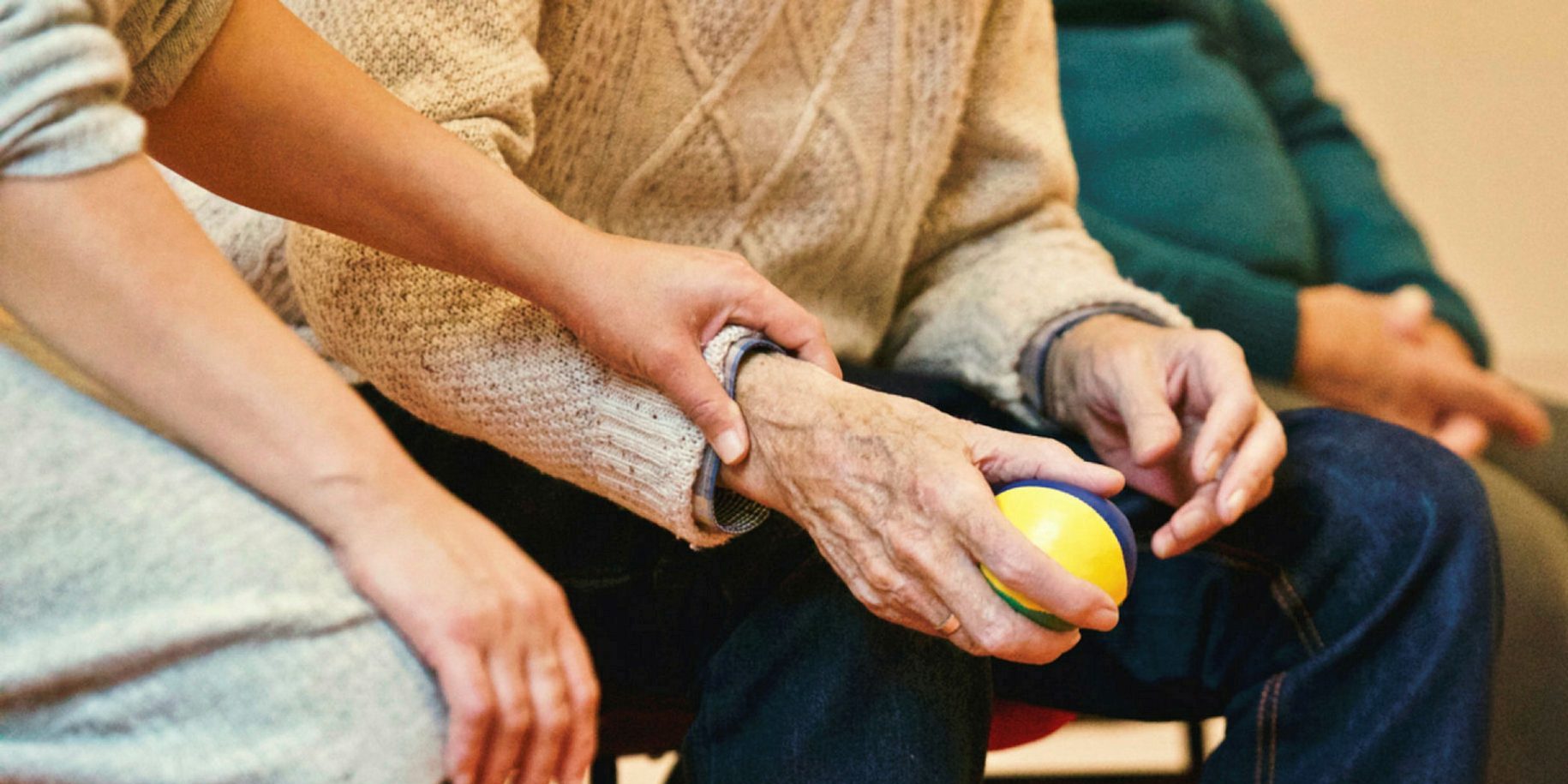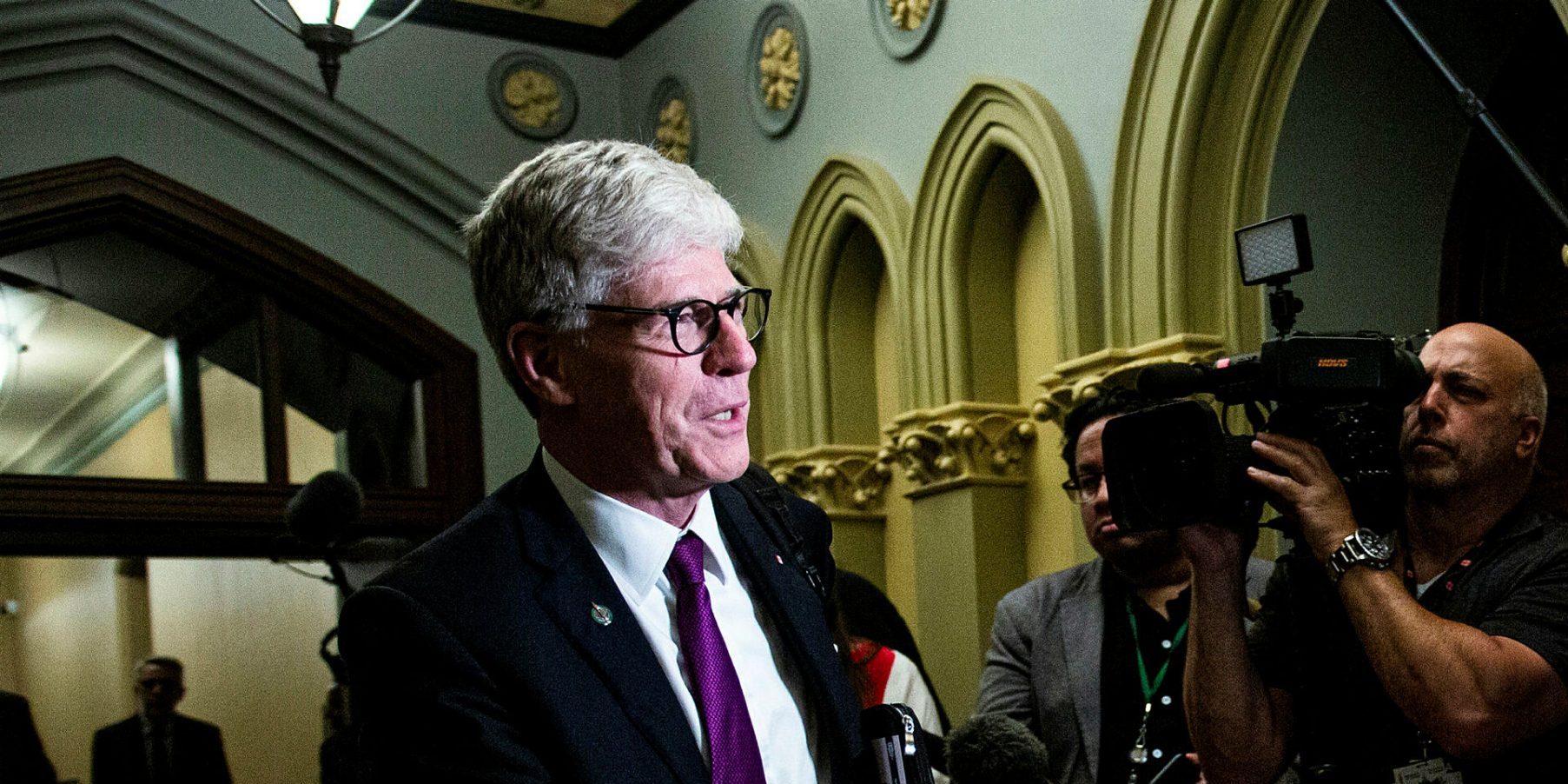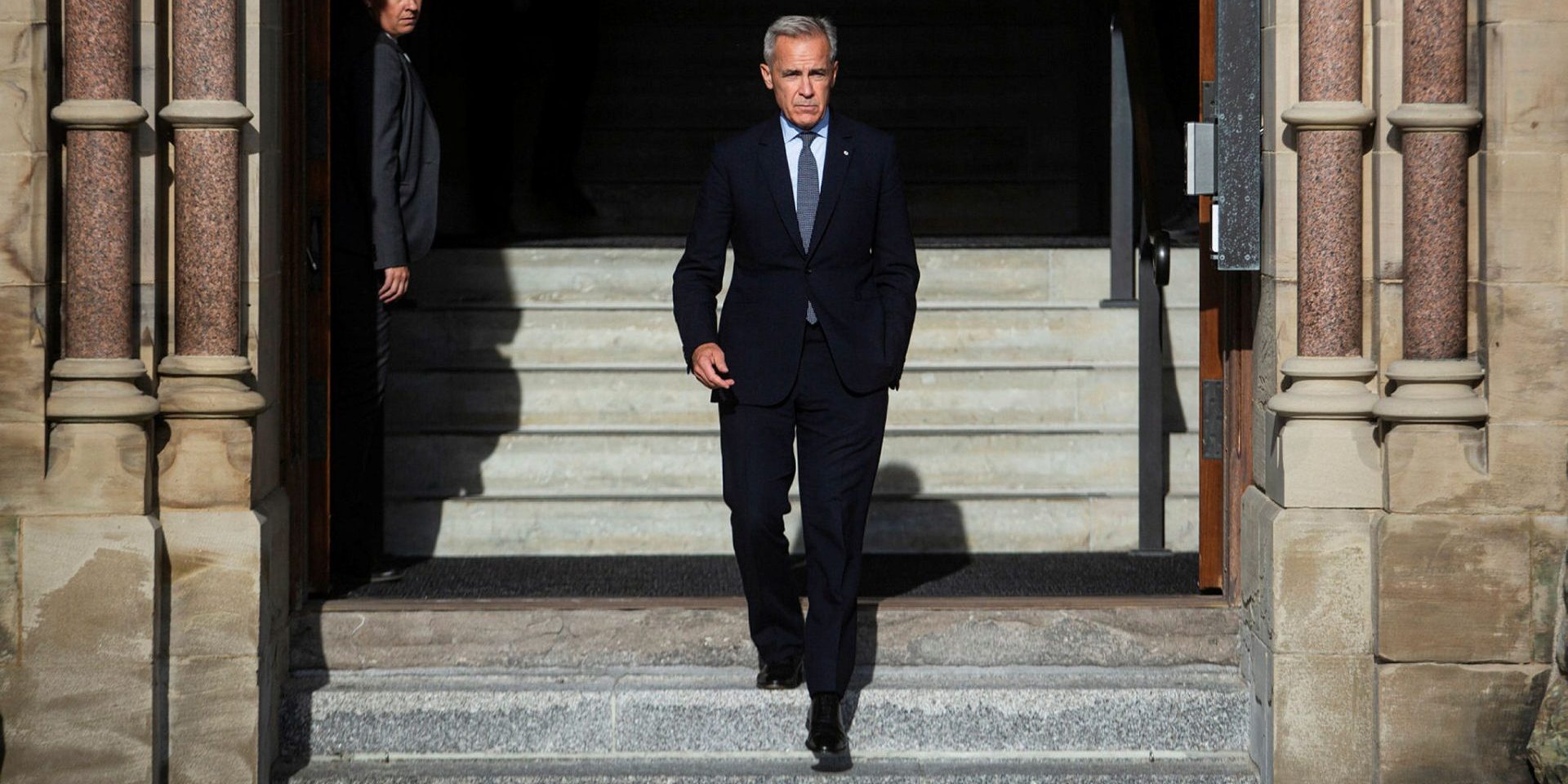NATO’s dangerous new trajectory of expensive targets
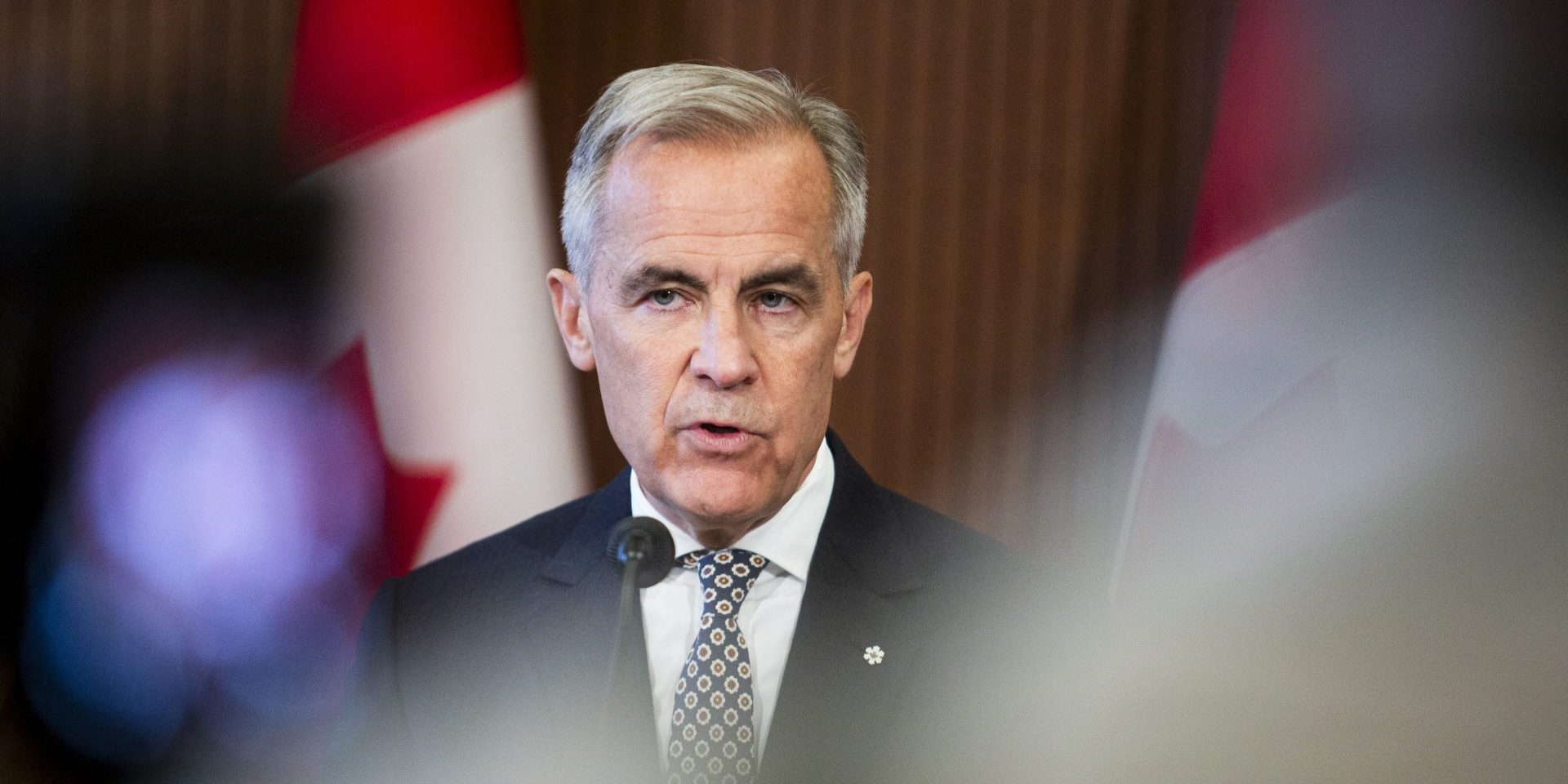
As newly elected Prime Minister Mark Carney settles into office, Canada’s long-simmering debate over NATO defence spending has reignited—especially after Carney committed to the largest increase in military spending since the Second World War. By 2035, this country’s defence spending is set to double to fall in line with NATO’s new benchmark: five per cent of GDP.
This drastic shift, agreed upon at The Hague on June 25, is framed as a response to intensifying global threats—particularly Russia’s long-term challenge to Euro-Atlantic security, and the persistent danger of terrorism. Yet, critics argue the new target is more about fuelling an arms race that enriches weapons manufacturers in the United States and Europe than about genuine security.
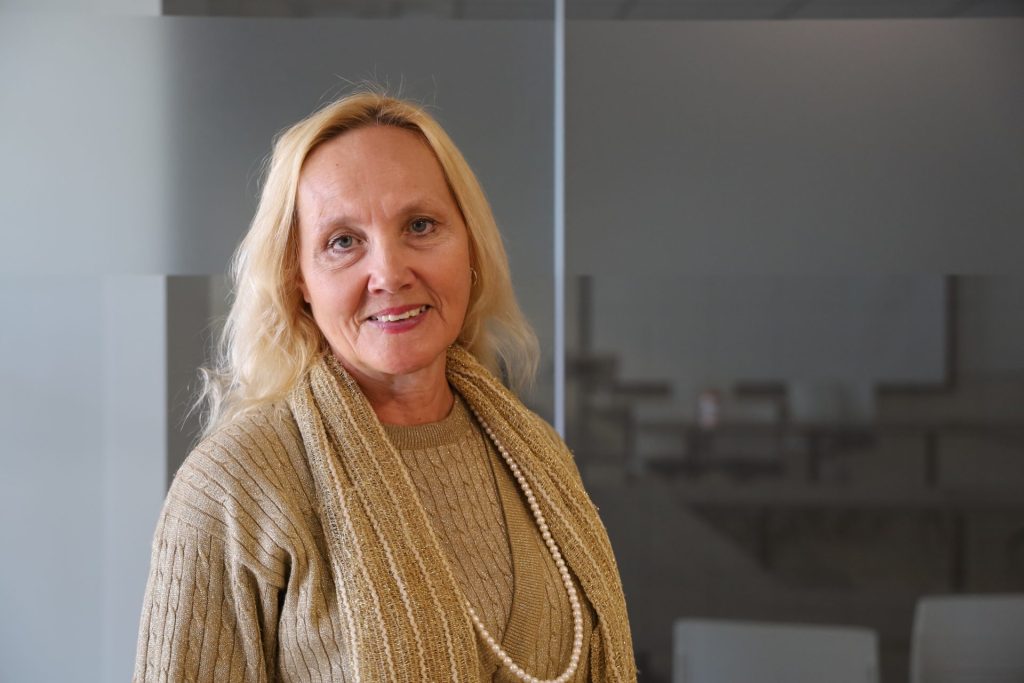
During a CNN interview on June 24, Carney acknowledged the enormous scale of the commitment: “It’s a lot of money.” If implemented, the new goal would mean Canada eventually spends $150-billion per year on defence.
In 2024, seven other members—including Belgium, Italy, and Spain—also failed to meet NATO’s earlier two per cent benchmark. Only a handful—mostly in Eastern Europe—reached or exceeded 2.41 per cent. Meanwhile, the United States spent 3.38 per cent of GDP, far surpassing the combined budgets of China, Russia, India, and the United Kingdom.
Now, under the strain of U.S. President Donald Trump’s aggressive tariff regime, Canadian taxpayers are being asked to shoulder a dramatic increase in military spending. Already, there is growing public opposition to the $19-billion purchase of 88 F-35 fighter jets scheduled for delivery in 2026. According to Auditor General Karen Hogan, the cost has ballooned to $27.7-billion. An additional $5.5-billion is required to secure missiles and related infrastructure.
NATO allies argue these soaring expenditures as vital to deterrence, especially after Russia’s invasion of Ukraine. But critics warn that the five per cent target is fiscally reckless and morally misguided. It risks diverting billions of dollars from pressing domestic priorities like health care, climate change, and economic inequality.
Historically, Canada has offered an alternative model—emphasizing diplomacy, peacekeeping, and Arctic sovereignty over military buildup. Carney could have drawn on this tradition to resist NATO’s increasingly militarized path. Instead, his decision entrenches us nation deeper within the orbit of U.S. defence interests.
True security begins at home. Billions earmarked for military innovation and defence-industrial integration would be better directed toward Indigenous reconciliation. Clean drinking water, adequate housing, accessible health care, and quality education remain out of reach for many First Nations communities—a national failure that should be a priority.
Canada should invest in human security and social justice, not simply armaments. Carney’s pledge bypassed parliamentary debate, ignored calls for a defence and foreign policy review, and offered no opportunity for public testimony or dissent. Rather than break with our dependence on U.S. military hegemony, Carney has chosen to entrench it—binding the country ever more tightly to a NATO alliance increasingly shaped by the interests of the American military-industrial complex.
Under then-prime minister Justin Trudeau and then-defence minister Harjit Sajjan, Canada pushed for broader definitions of NATO contributions—emphasizing Arctic surveillance, UN peacekeeping, and pandemic response. In 2017, Trudeau rightly argued there were “many ways of evaluating one’s contribution to NATO.” Yet Washington and Brussels continue to fixate on GDP percentage as the only meaningful measure of commitment.
Trudeau even privately admitted to NATO that Canada would not reach the two per cent target, according to leaked military reports. His candour reflected a long-standing approach to prioritize diplomacy and domestic programs over heavy militarization.
Carney’s five-per-cent commitment marks a radical break with that legacy. It risks defining Canada’s future by bombs and budgets rather than by peacebuilding and principle. Instead, this country should return to its traditional role in NATO as a peace broker, interlocutor, and middle power committed to diplomacy and conflict resolution.
Erika Simpson is an associate professor of international relations at Western University, and serves as the president of the Canadian Peace Research Association, specializing in nuclear proliferation, disarmament, and international security policy. She wrote NATO and the Bomb, and recently presented a peer-reviewed paper on Canada and South Korea’s role as middle powers in conflict resolution, co-authored with Juneseo Hwang.
The Hill Times





 LICENSING
LICENSING PODCAST
PODCAST ALERTS
ALERTS